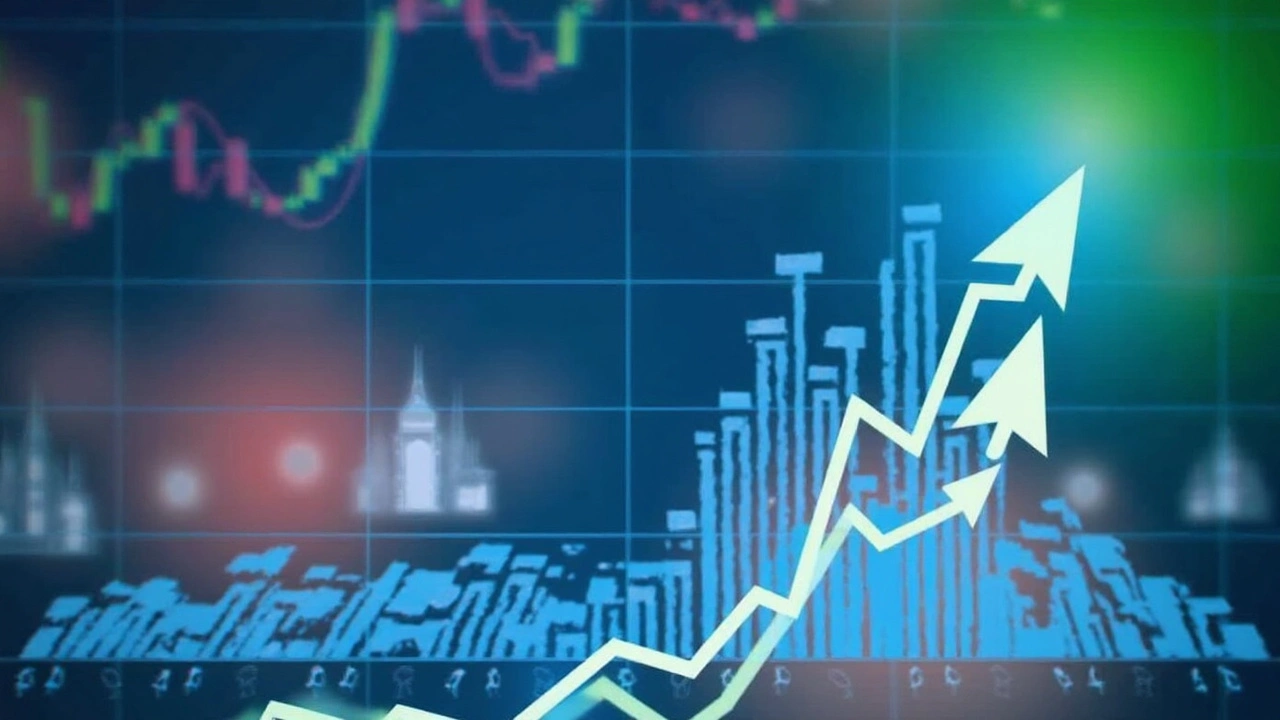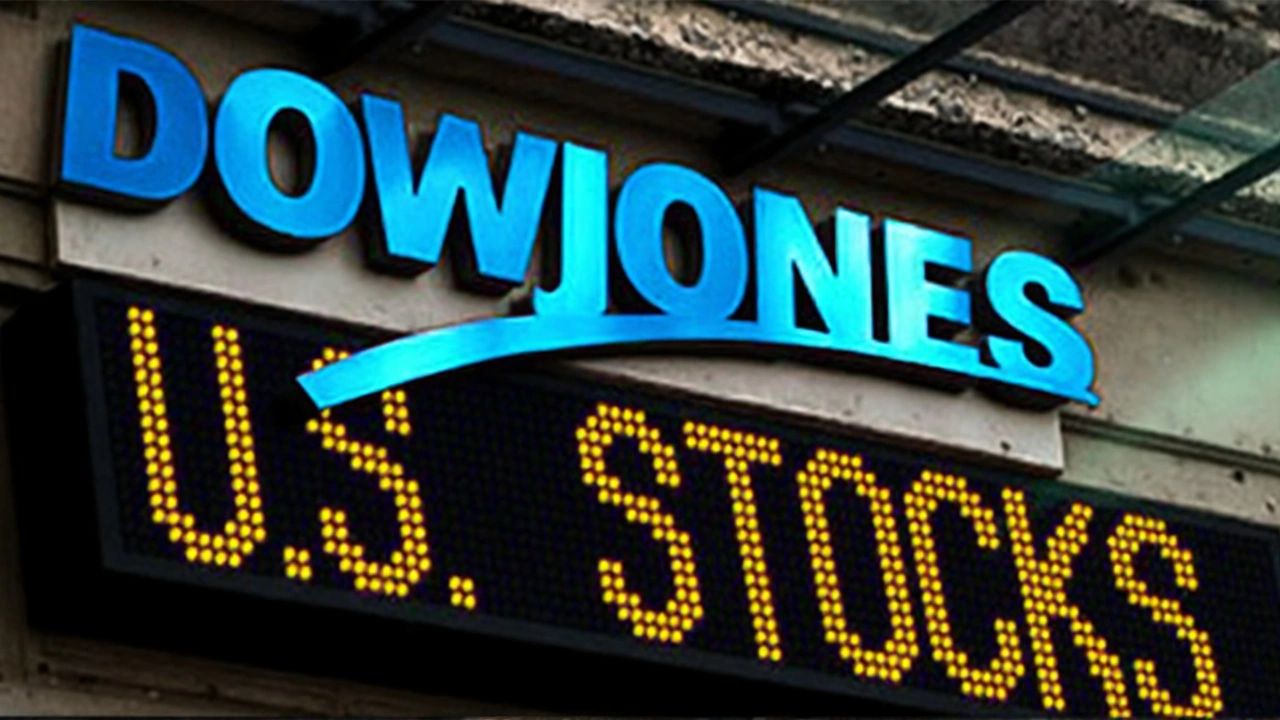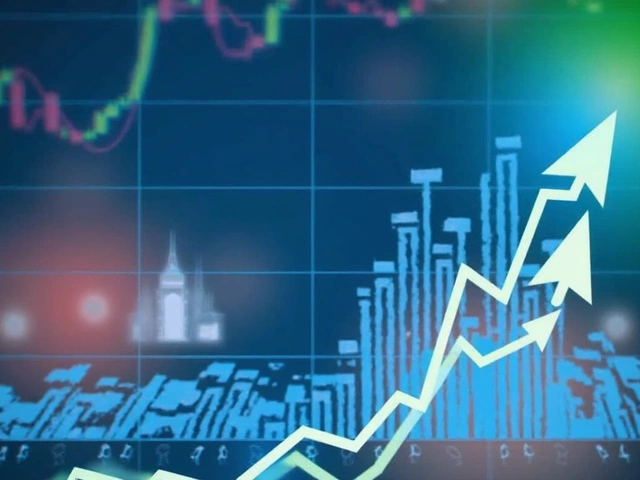Asian Markets Rally as Trump's New Tariffs Shake Global Trade, Nikkei 225 Hits All-Time High

Chaos and Gains: Trump’s Tariffs Rock Asian Markets
June 2025 turned into a wild ride for Asian stock markets—and Japan’s Nikkei 225 was right at the center of the storm. The surge in the Japanese benchmark index caught traders’ attention across the globe, fueled by a heady mix of new economic risks and major policy shocks rolling out from Washington DC.
Leading the charge was Donald Trump, back in the spotlight with a punchy move: doubling tariffs on steel imports, bumping the rate from 25% to a juicy 50% as of June 4. The official line? Protecting American jobs and stopping foreign companies from dodging previous penalties. But timing is everything—this tariff hike dropped just as U.S. Steel’s eye-catching $14 billion investment with Japan’s Nippon Steel came into play. The deal touted more steel jobs and an American ownership structure, but also gave investors in Tokyo a reason to cheer, seeing Japanese industry getting a real shot in the arm.
The ripple effect was immediate. Investors started pouring money into Japanese manufacturing and export giants, expecting them to benefit both from the U.S. demand and local production shifting from countries facing higher U.S. tariffs. As uncertainty swirled over America’s intentions, companies in Asia scrambled to reconfigure supply chains—sending volumes and prices in unpredictable directions.

Global Trade on Edge: China Strikes Back, Legal Battles Simmer
It wasn’t just Japan feeling these shocks. On the other side of the Pacific, Beijing hit back with a vengeance. China cranked up tariffs on American exports to a peak of 125% in May, targeting everything from agriculture to electronics. For a few tense weeks, talk of a new trade war dominated headlines. But by June 10, diplomats managed to strike a temporary 90-day truce, dialing Chinese tariffs down to 10% and lifting some restrictions on key raw materials like rare earth minerals. That cooling of tempers nudged markets—particularly in Asia’s export-heavy economies—toward optimism, at least for the short term.
The drama didn’t stop there. Europe found itself in Trump’s crosshairs as well, with a threat of 50% tariffs on EU imports looming unless trading terms were renegotiated by June. Tech giant Apple also landed on the hot seat; Trump warned of slapping a 25% tariff on iPhones unless production shifted onto American soil. The message was clear: any company offshoring U.S. jobs could face serious cost hikes overnight. That rattled European stocks and tech shares, and left global CEOs sweating over their next moves.
Back in the United States, legal pushback grew. The Court of International Trade stepped in to put the brakes on Trump’s emergency tariff powers, at least temporarily. But halting new tariffs didn’t undo the damage already done. Higher prices, lost jobs in supply-chain-dependent industries, and spooked investors meant the economic bruising would take time to heal. Companies spent months scrambling to untangle their cross-border manufacturing and distribution networks, while the threat of more Section 301 and 232 tariffs—this time on copper, lumber, and even farm goods—hung in the air.
All the tariff drama bled into bigger questions at the G7 Summit, where America’s major trading partners put trust issues front and center. Growing skepticism about whether the U.S. would keep its word on trade deals left the door open for new alliances that might leave Washington out in the cold.
